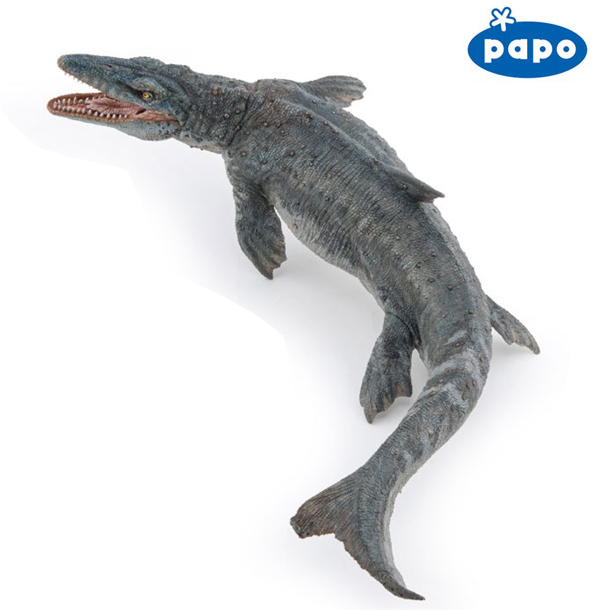Potential to Map End Cretaceous Extinction Event in New Jersey Quarry
The eastern part of the United States might be regarded as something of a “poor relation” to the western side of the country when it comes to dinosaur bones. True, eastern USA dinosaur fossils are much rarer than from locations such as Wyoming, Utah, Arizona, Colorado and Montana in the west, but the State of New Jersey might just have one very special “Lagerstätte”, that tops those vertebrate fossil bearing rocks known elsewhere in America. A disused quarry located close to the township of Mantua might provide palaeontologists with unique insights into the End Cretaceous mass extinction event that wiped out the non-avian dinosaurs.
A New Jersey Quarry Provides Window into the Cretaceous
Around sixty-five million years ago, this site was at the bottom of a shallow sea, close to the landmass known as Appalachia. In one layer of rock, about fourteen metres below the level of today’s land surface, scientists have found a treasure trove of marine fossils. Professor Kenneth J. Lacovara, a professor of palaeontology and geology at the nearby Rowan University describes this particular bed as a “mass death assemblage”. Could all these animals have perished as a result of a single catastrophic event, such as an extra-terrestrial impact event?
A Mass Death Assemblage
If this is the case, then this quarry, which sits behind a shopping mall, could be the only site in the world where animal remains can be found that date from the End Cretaceous mass extinction event. Fossils are found in a number of rock layers in the quarry, but a vast assemblage is confined and concentrated to one bed in the strata. The rocks have been dated to around 65 million to 66 million years old, but further radiometric and biostratigraphic analysis is required before the link with the mass extinction event can be given more validity. If a connection is established, then this location could provide an unparalleled window into a pivotal moment in the history of life on Earth.
Iridium Found at the Location
Elevated amounts of the rare Earth element iridium found in close proximity to the richest fossil bearing layer, indicate that these animals lived at a time extremely close to what is believed to have been an asteroid impact, one that played a major role in the extinction of about 75% of all terrestrial species.
Last year, Rowan University entered into an agreement to purchase the sixty-five acre site. The University intends to turn the quarry into a world-class educational resource. A number of open days have already been organised and it has been estimated that some 8,000 local people have already taken part in fossil digs.
Huge Number of Fossils Found
Fossils found include a vast array of marine invertebrates, animals like brachiopods, bivalves and molluscs. In addition, shark teeth are relatively common and fossils from ancient crocodiles and turtles have also been discovered. Occasionally, the fossilised remains of a mosasaur (marine reptile) are found. Bones and other remains from once living organisms such as teeth and shells can pile up as underwater currents relocate them on the seabed, concentrating them into one area, perhaps where the current dies away.
A Replica of a Mosasaurus (Papo Model)

The new for 2022 Papo Mosasaurus model, complete with its dorsal fin. We think that this figure is reminiscent of the giant mosasaur seen in the “Jurassic World” film franchise.
The picture (above) shows a Papo Mosasaurus model, to view the Papo prehistoric animal model range: Papo Prehistoric Animal Models.
However, at this location, one bed reveals skeletons of larger animals have remained relatively intact. This suggests that these animals all died at approximately the same time and then settled gently on the sea bottom. Initial dating assessments, puts this fossil layer tantalisingly close to the extra-terrestrial impact event that took place in the Yucatan peninsula (Mexico).
Now that the future of this rather special site has been secured, scientists hope to undertake a much more extensive study of the palaeogeography of the area and to establish this location’s potentially unique relationship to the extinction event that wiped out the non-avian dinosaurs as well as the Pterosauria and most of the marine reptiles.






Leave A Comment